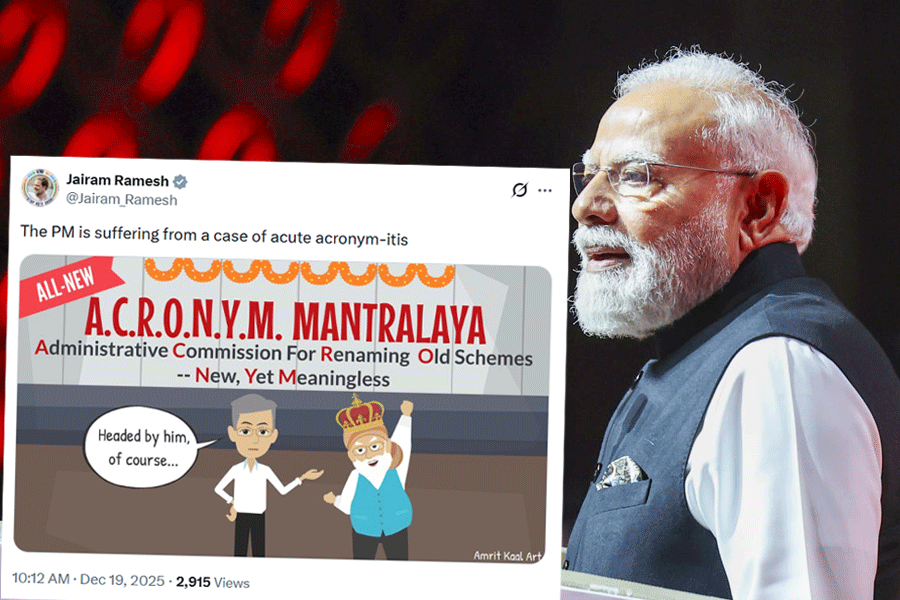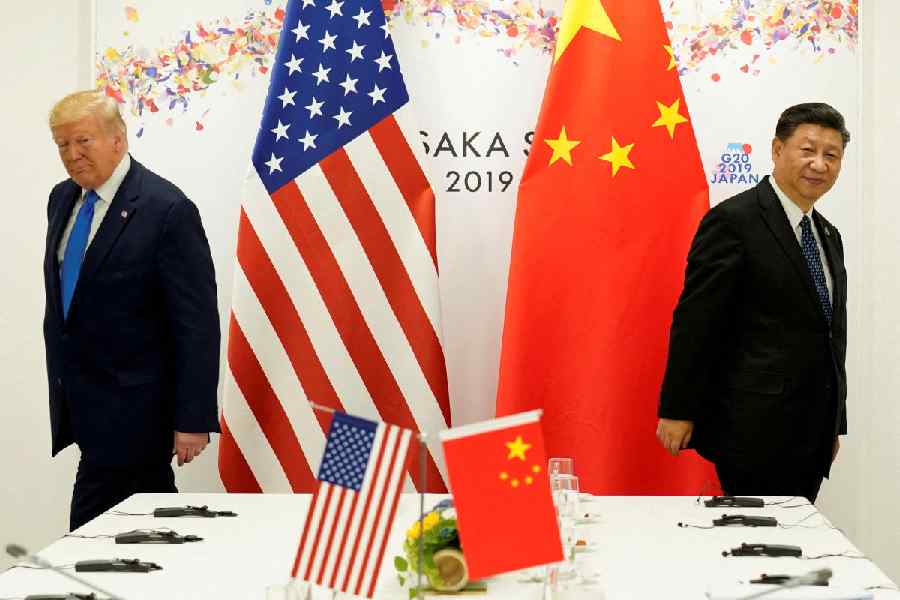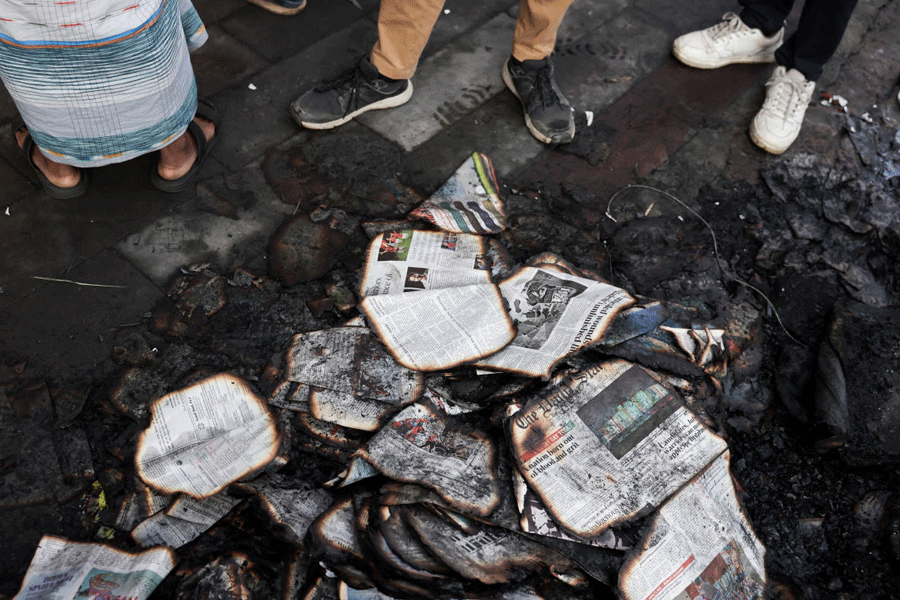 |
| Banamali Mohapatra paints Ganjapa cards. Telegraph picture |
Bhubaneswar, Feb. 4: An exquisite form of art that was once a part of Odia social get-together and a recreational activity, the Ganjapa cards, are breathing their last now.
While only a few master artists have a perfect hand in creating the pack of these traditional playing cards, the set that used to be a matter of pride for the owner is now almost out of use.
Ganjapa that comes from Mughal traditional card game Ganjifa was an influence of the Islamic rule in Odisha. Babur’s memoirs also have mentions of Ganjapa, and hence, the game can be traced back to 16th century. It is still known as Mughal Ganjifa in many regions of the state.
The colourful cards were mostly popular in Ganjam and Puri districts. The cards were named, according to the number of colours used in the entire set. For example, if the pack was made of eight colours, it would be named Atharangi, for 10 colours Dasarangi, 12 colours Vararangi, 14 colours Chaudarangi and 16 colours Solarangi. The Persian and Mughal style of game transformed it into an artistic avatar of the local pata paintings in Odisha.
The number a card represents are usually shown in images of a certain element common in a theme, that could be a tree, fruit, leaf, bird or mythological creatures. As a brilliant form of art, one would find the tales of the Ramayan or Krishna’s mythological tales depicted on the pack of cards. While some forms of the card game exist in Bengal, Andhra Pradesh, Maharashtra and Karnataka, the Ganjapa of Odisha is unique for the pata patterns and colours. Many works have found a place in museums across the world, including Germany and London.
“In the ancient days, from kings to village folk, all would enjoy playing Ganjapa. But that pastime has faded since long. Sadly, not many young artistes have been trained in this form of art and enough steps have not been taken to conserve or promote it,” said octogenarian artiste of Raghurajpur, Banamali Mohapatra, one of the handful experts of Ganjapa.
Among other major artistes are Berhampur-based Sitakant Mohapatra, Appanna Mohapatra of Chikiti and Prakashchandra Mohapatra of Parlakhemundi, all of them in Ganjam. Though some members in their family have learnt the art, the form is slowly vanishing due to lack of promotion.
“There are some camps that are hosted for Ganjapa making. But, this has happened only since last year or so. Unless there are regular workshops, camps and more promotion of the cards, it will be difficult for them to survive,” said Banamali Mohapatra.
“All traditional art and craft forms were born out of necessity and hence flourished as they were a part of daily life of people. But when we do not find something useful in our daily lives, it becomes a challenge to preserve it,” he said.
The Odisha Lalit Kala Akademi president Siba Panigrahi said the akademi has begun initiatives to save the art form. “We have begun organising an annual workshop since last year where the expert artistes would train youngsters in the traditional art forms,” said Panigrahi.











